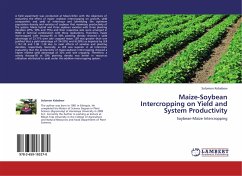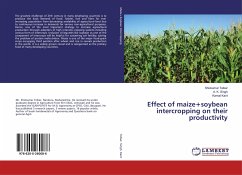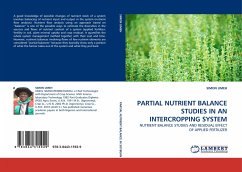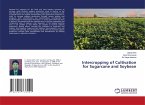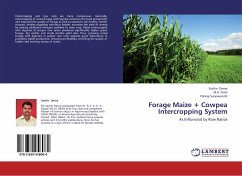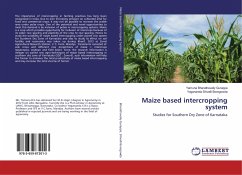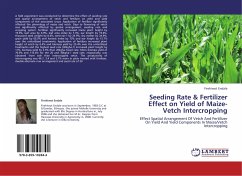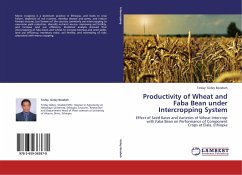A field experiment was conducted at Mizan-Teferi with the objectives of evaluating the effect of maize- soybean intercropping on growth, yield components and yield of intercrops and identifying the optimum population density and varieties of soybean that maximizes productivity of the system. Maize hybrid and three soybean varieties with three planting densities (25%, 50% and 75%) and their respective sole were arranged in RCBD in factorial combination with three replications. Therefore, maize intercropped with Awassa-95 at 50% planting density showed a yield advantage of 23.71% over sole cropped maize. LER was greater than one justified that a yield advantage of (14-32%) and (6-28%) as depicted by LER 1.14-1.32 and 1.06 -1.28 due to main effects of varieties and planting densities, respectively. Generally, as LER was superior in all intercrops evaluating that the productivity of maize-soybean intercropping showed a higher relative yield advantage of 32% over sole cropping. Therefore, a variety Awassa-95 at 50% planting density was better in resources utilization attributed to yield under this additive intercropping system.
Bitte wählen Sie Ihr Anliegen aus.
Rechnungen
Retourenschein anfordern
Bestellstatus
Storno

